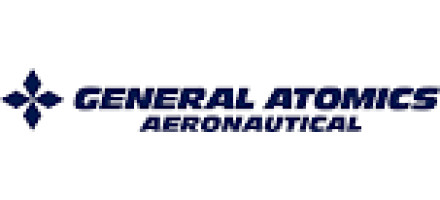AI-powered software demos autonomy for uncrewed combat vehicle
NewsJanuary 16, 2024

SAN DIEGO. General Atomics Aeronautical Systems, Inc. (GA-ASI) and several team members demonstrated a hardware-agnostic, open standards-based autonomy ecosystem for uncrewed combat air vehicles (UCAVs) on a GA-ASI MQ-20 Avenger as part of a battery of live flight tests during November 2023.
Artificial intelligence/machine learning (AI/ML) software provider Scientific Systems Company, Inc. (SSCI) reported multiple successful flight tests of its collaborative mission autonomy (CMA) software during the November trials.
Also tested were three software-defined radios (SDRs) from L3Harris Technologies to support line-of-sight (LOS), command and control, and data movement capabilities via Waveform X, a nonproprietary U.S. government-owned communications capability.
During the flight tests -- conducted at GA-ASI’s flight operations facility in El Mirage, California -- CMA software controlled a mixed team of live, virtual, and constructive (LVC) MQ-20 uncrewed aerial systems (UASs) to execute a fully autonomous multivehicle defensive counter air mission.
SSCI's report on the flight tests reveal that the tests used a mix of LVC platforms, sensors, and effectors to simulate all aspects of a realistic, operationally relevant air combat mission, including combat air patrol, detection, identification, tracking, targeting, and engagement of multiple targets over a variety of scenarios. The SSCI software was embedded onboard all the LVC MQ-20 platforms and managed the autonomous mission at the edge to compensate for communication and coordination challenges. Virtual and constructive elements of the scenario used the U.S. Air Force’s AFSIM (Advanced Framework for Simulation, Integration, and Modeling software environment).
Collaborative autonomy behaviors from Scientific Systems and other organizations were integrated into and orchestrated using a GFE (government-furnished equipment) autonomy software architecture enhanced by GA-ASI as support for the flight tests.
According to GA-ASI's report on the tests, an important goal of the flights was to demonstrate the company’s commitment to developing an open government standards-based autonomy ecosystem that enables rapid integration and validation of third-party tactical software applications.










